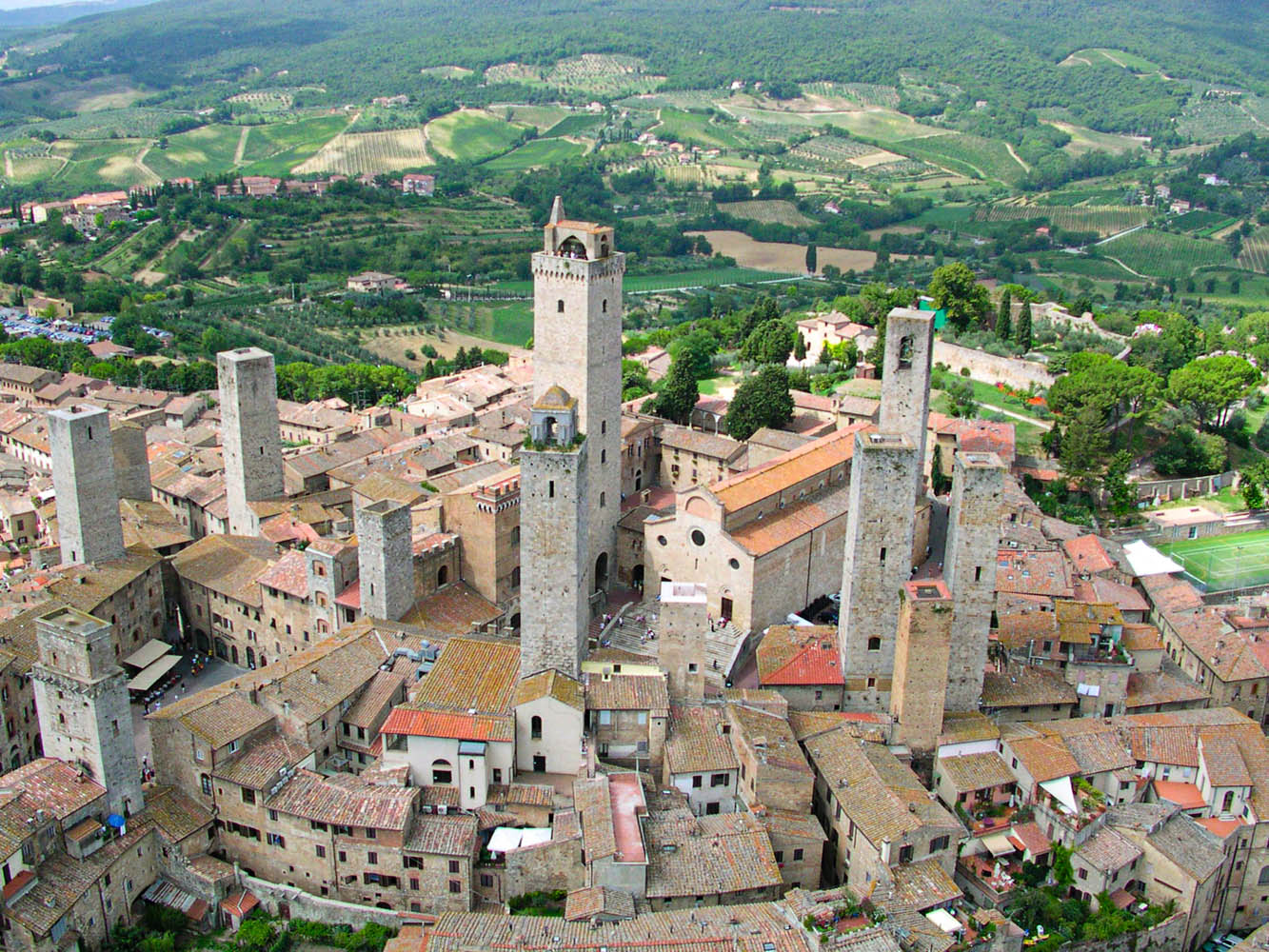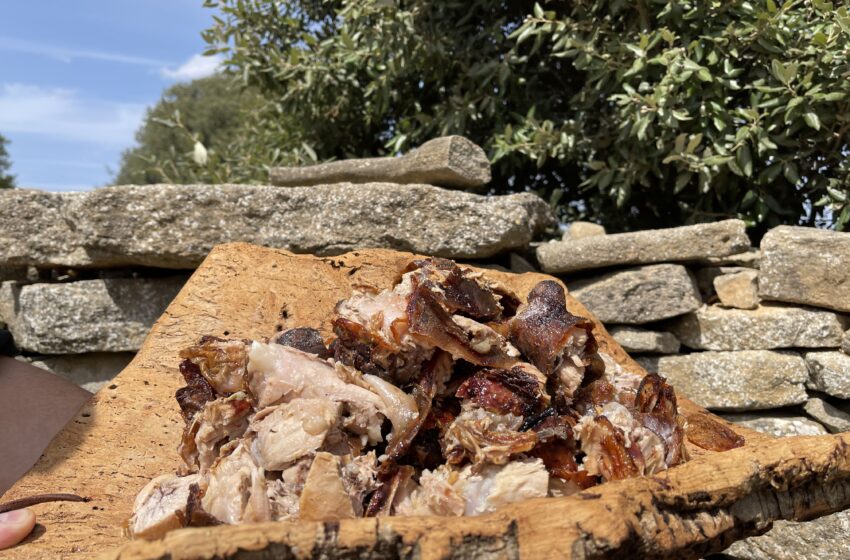
A cuisine from over 3000 years ago. The Nuragic cuisine
In our tour of Sardinia, arriving in Mandas, about 60 kilometers from Cagliari, we reached the Nuragic Sanctuary of Santa Vittoria belonging to the municipality of Serri, and inside… surprise! A kitchen from over 3000 years ago. A real blow for me who, besides loving cooking in a visceral way, adores history and the mysteries of ancient civilizations.
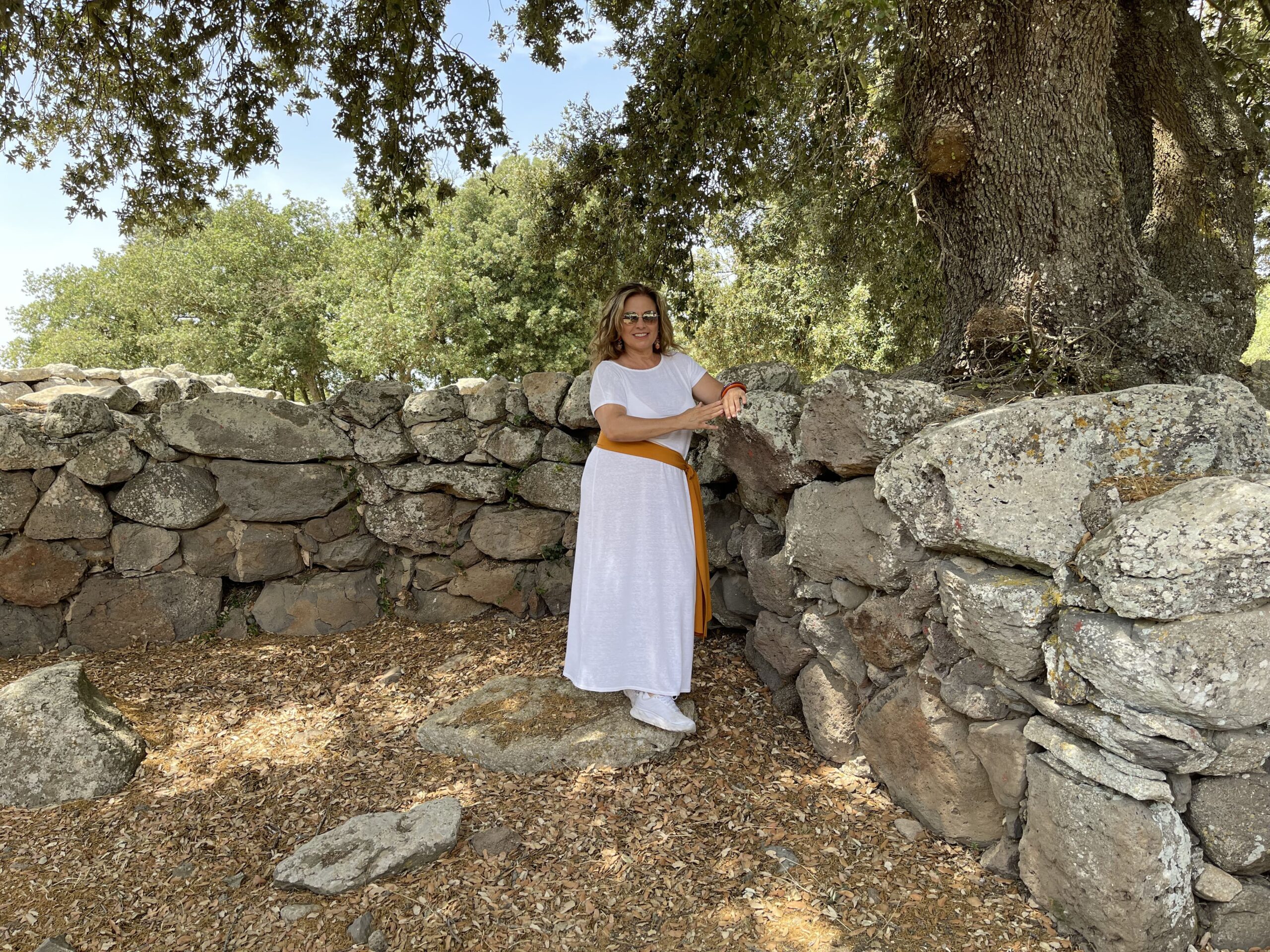
The remains of this settlement feature circular environments that originally had wooden coverings lined with limestone slabs or branches.
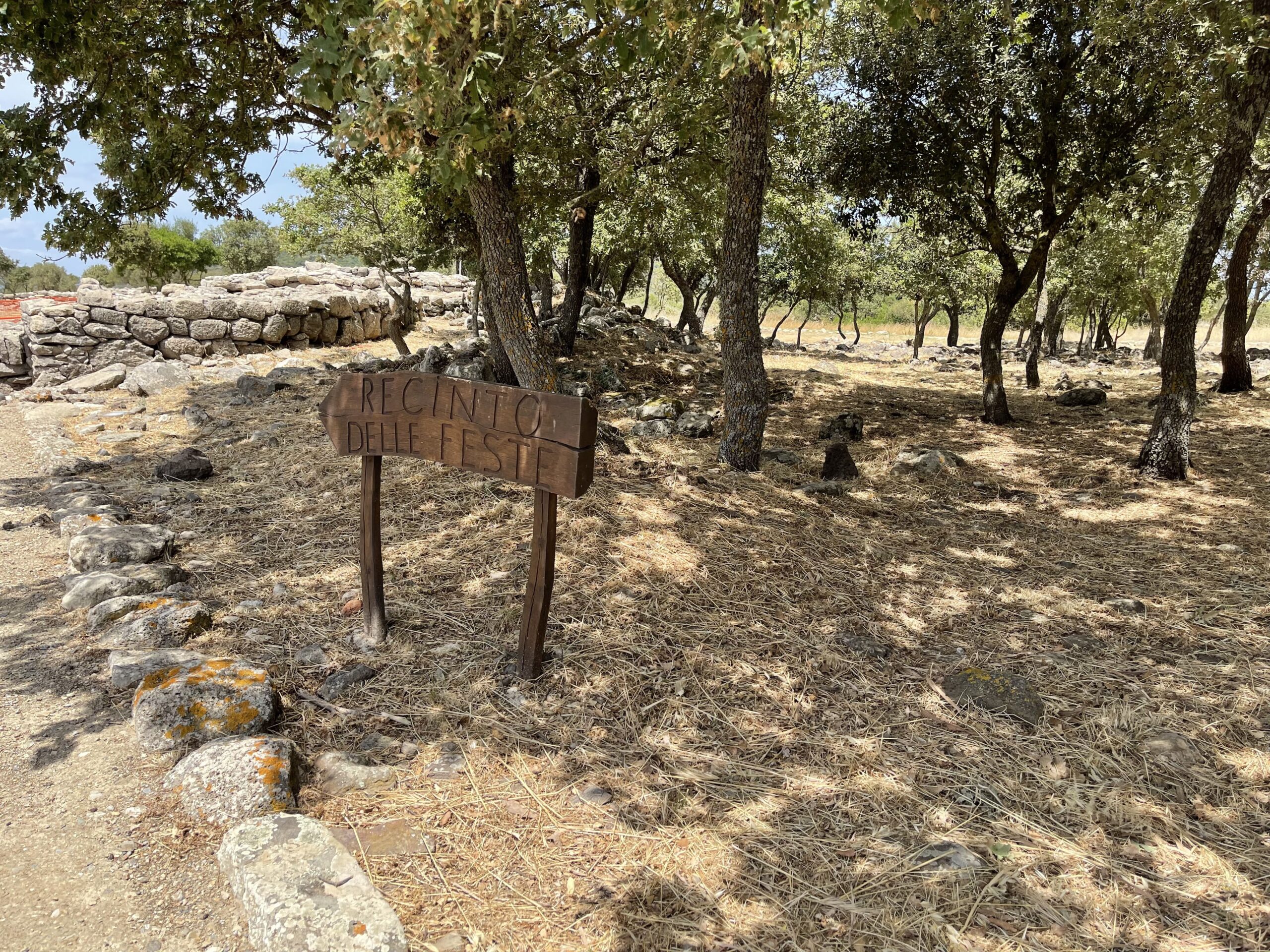
The Kitchen, rectangular in shape, had, on one of the inner walls, three blocks of lava stone used as grills for roasting meats (deduced from the presence, at the time of discovery, of fragments of animal bones and large amounts of ash), fire pots, and two large basalt slabs that formed the work surface for cutting meat.
Different types of stone are distinguished: in addition to the black volcanic stone, there is sandstone, lighter in color, and the “corazzullo” or “blue heart,” which is indeed blue.
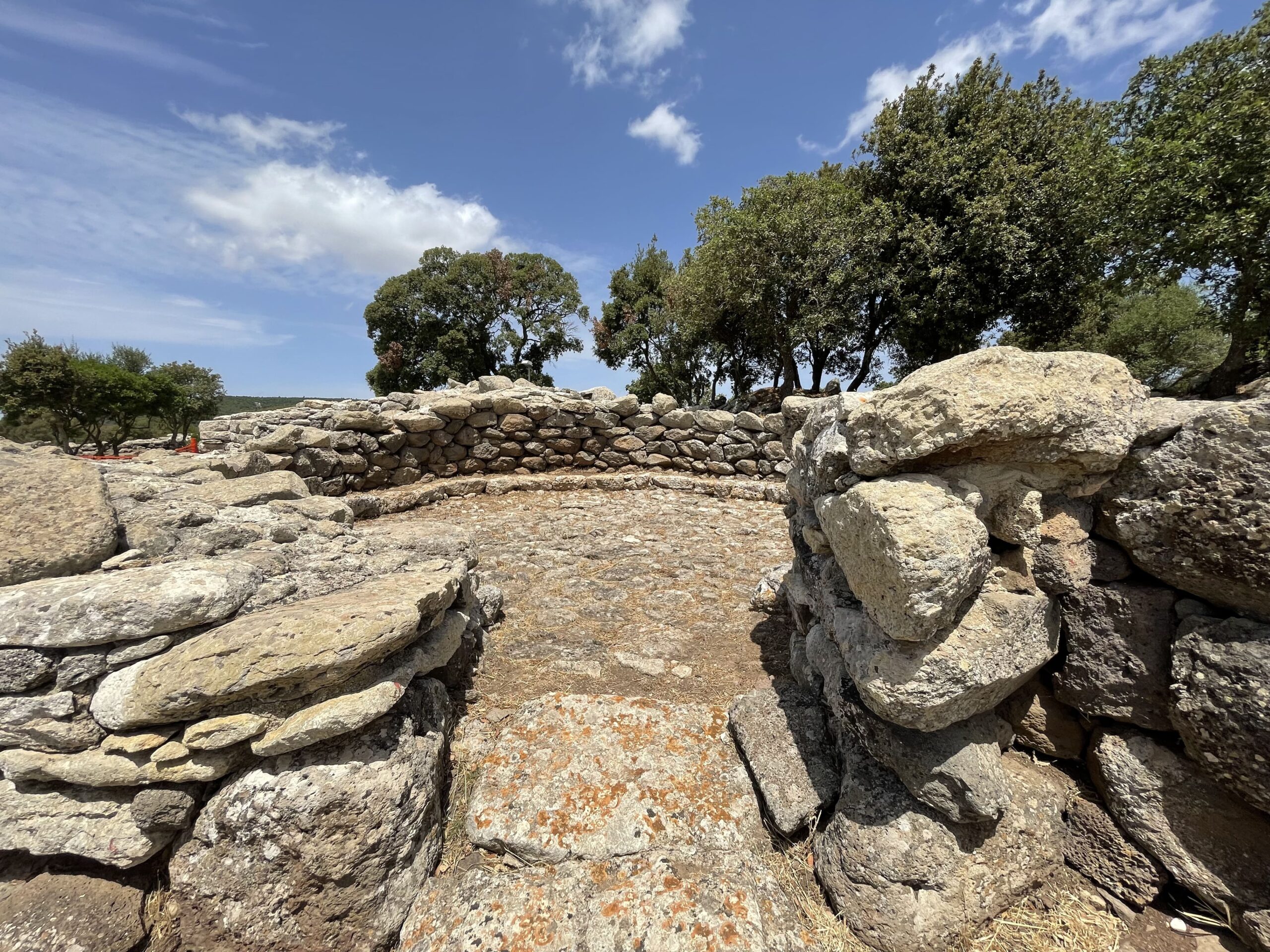
Nearby, another environment: the Hearth, used for producing embers. The cooked food was then taken to the Festival Enclosure where, traditionally, everyone gathered on certain annual occasions.
The gathering of herbs was done with baskets of various shapes and sizes skillfully woven with branches of asphodel, holm oak, willow, and wild olive trees, typical essences of the Mediterranean scrubland.
Our exceptional guide, Giorgio Augias, integrated into the landscape and guardian of the Nuragic civilization, teleports us into an ancestral dimension.
Thus, with a bit of imagination, it is not difficult to imagine the aroma of roasted meat mixed with the aromatic herbs of the surrounding fields, the chatter of children and the laborious bustle of adults, the sound of disappeared instruments that cross the silent and immobile stones millennia-old, symbol of an authentic and unforgettable Sardinia that survives the absurd pyres of the human mind.
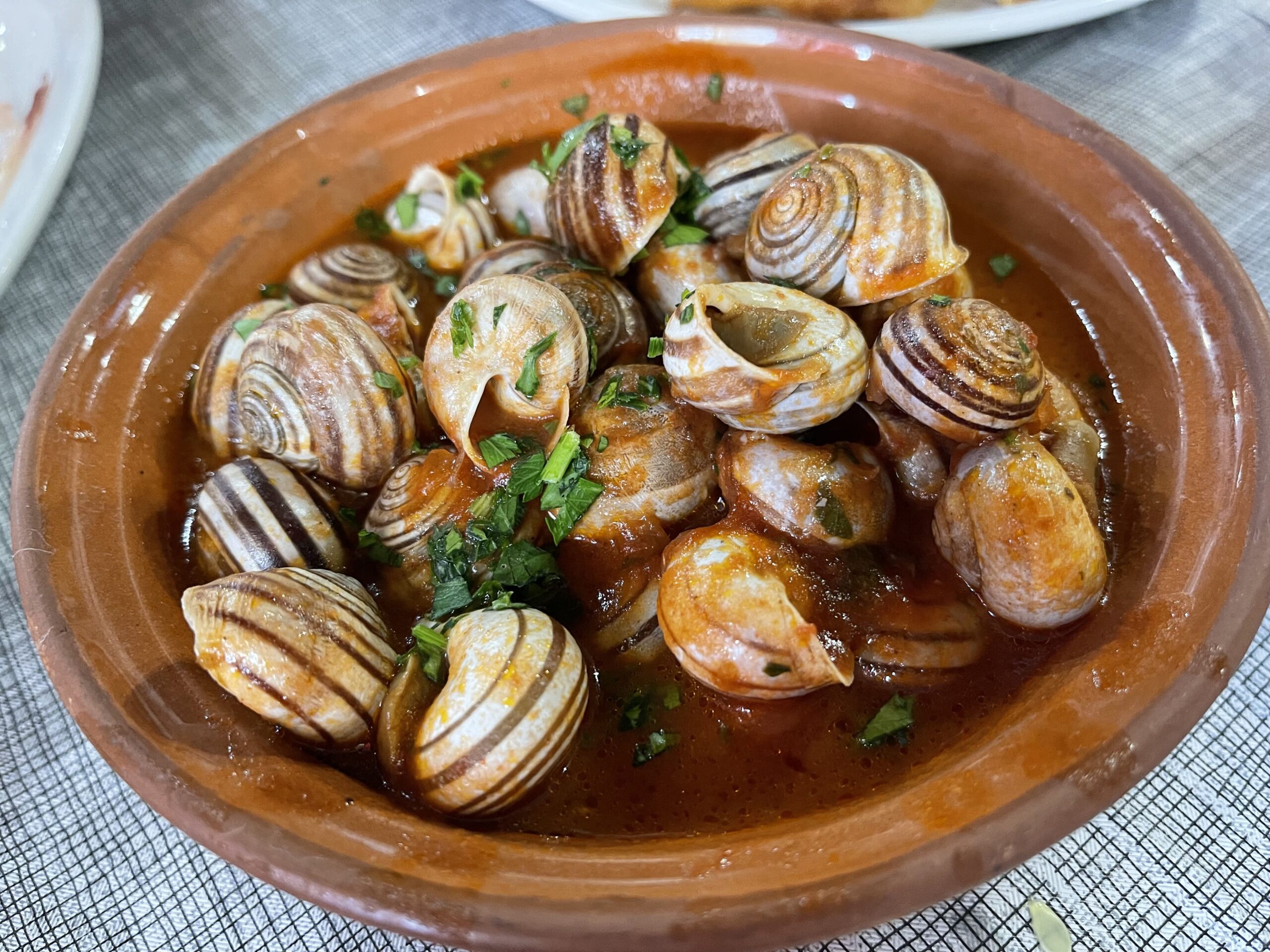
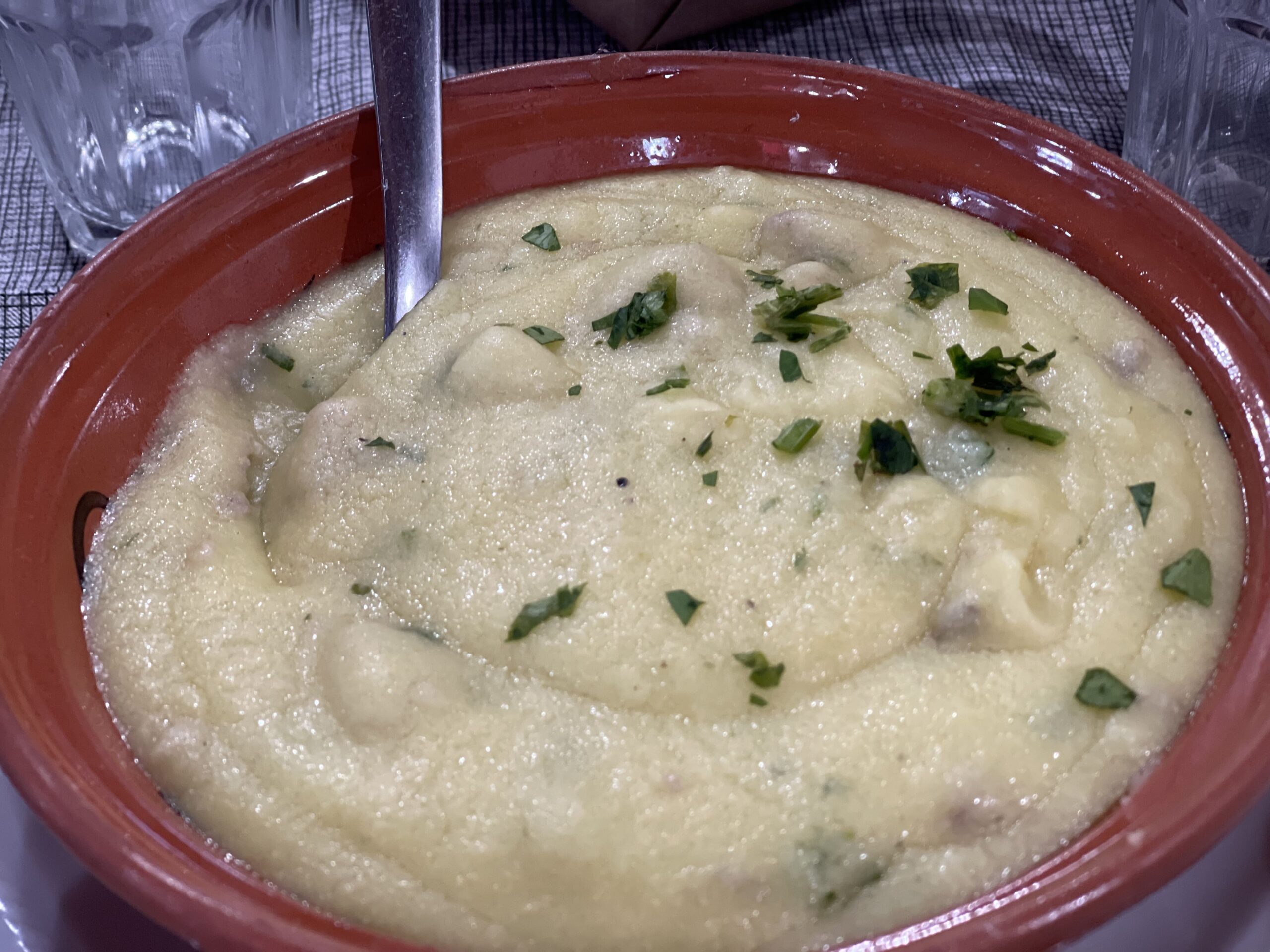
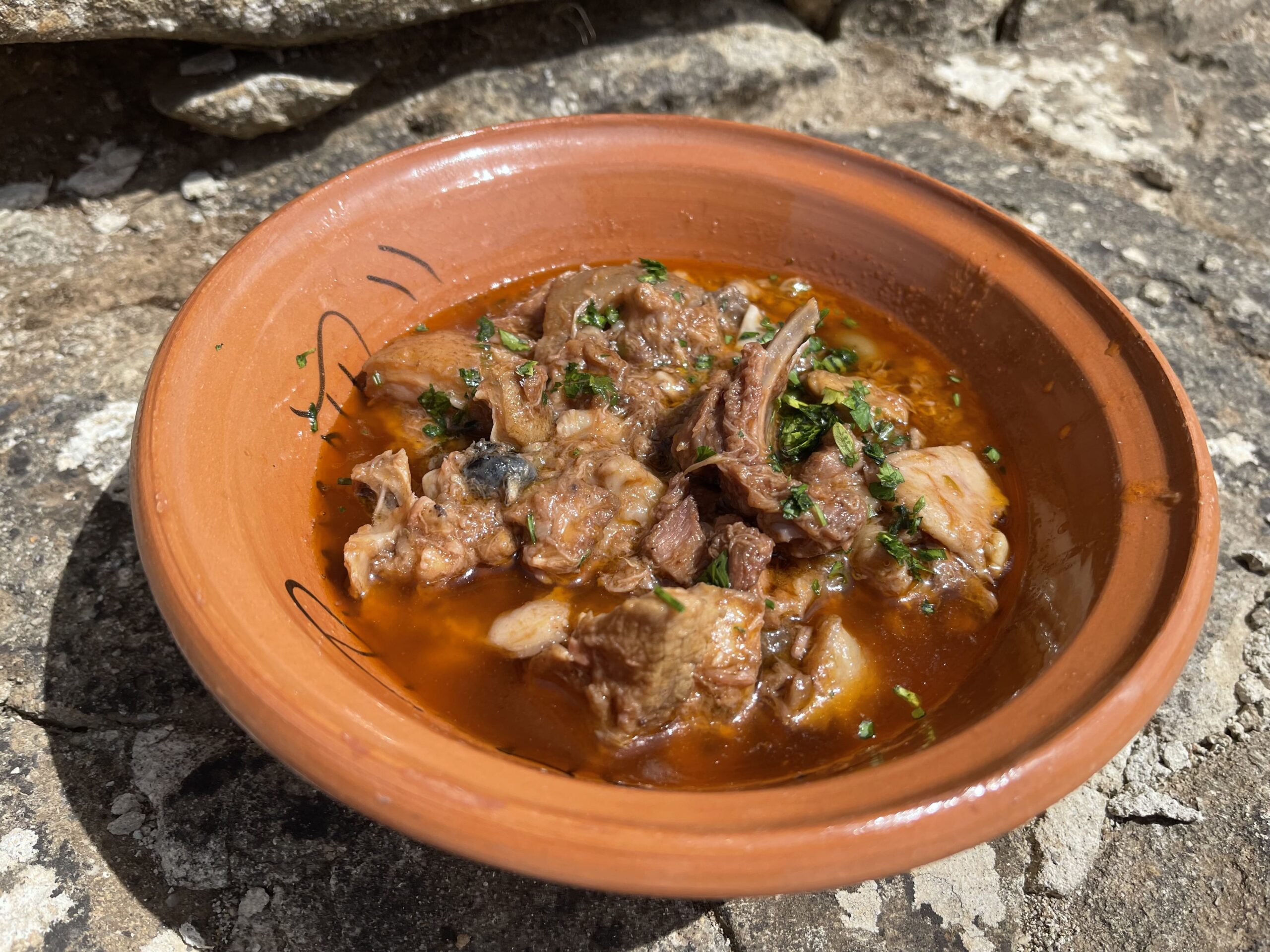
The current gastronomy of this part of Sardinia is still based on the same ingredients and condiments as before:
- Snails in sauce (sizzigorrusu un sa bagna) with rosemary, laurel, sun-dried tomatoes, onion.
- Fried semolina with sausage (simbua fritta cun satizzu) with garlic, onion, sausage, parsley (a more woody variety than the commonly found one), and saffron of which Sardinia is the major producer in Italy, especially in the Medio Campidano.
- Stewed lamb (Langiu cun bagna) with sun-dried tomatoes, rosemary, laurel, capers, olives. It is served in the typical dish, the Schivedda, in terracotta and glazed internally.
- Roast suckling pig (proceddu arrustiu con su schidoni) roasted suckling pig, 2 hours cooking.
- Fregula with porcini mushrooms and bacon (fregua cun satizzu e cardollinusu).
Always with heart. Sandra
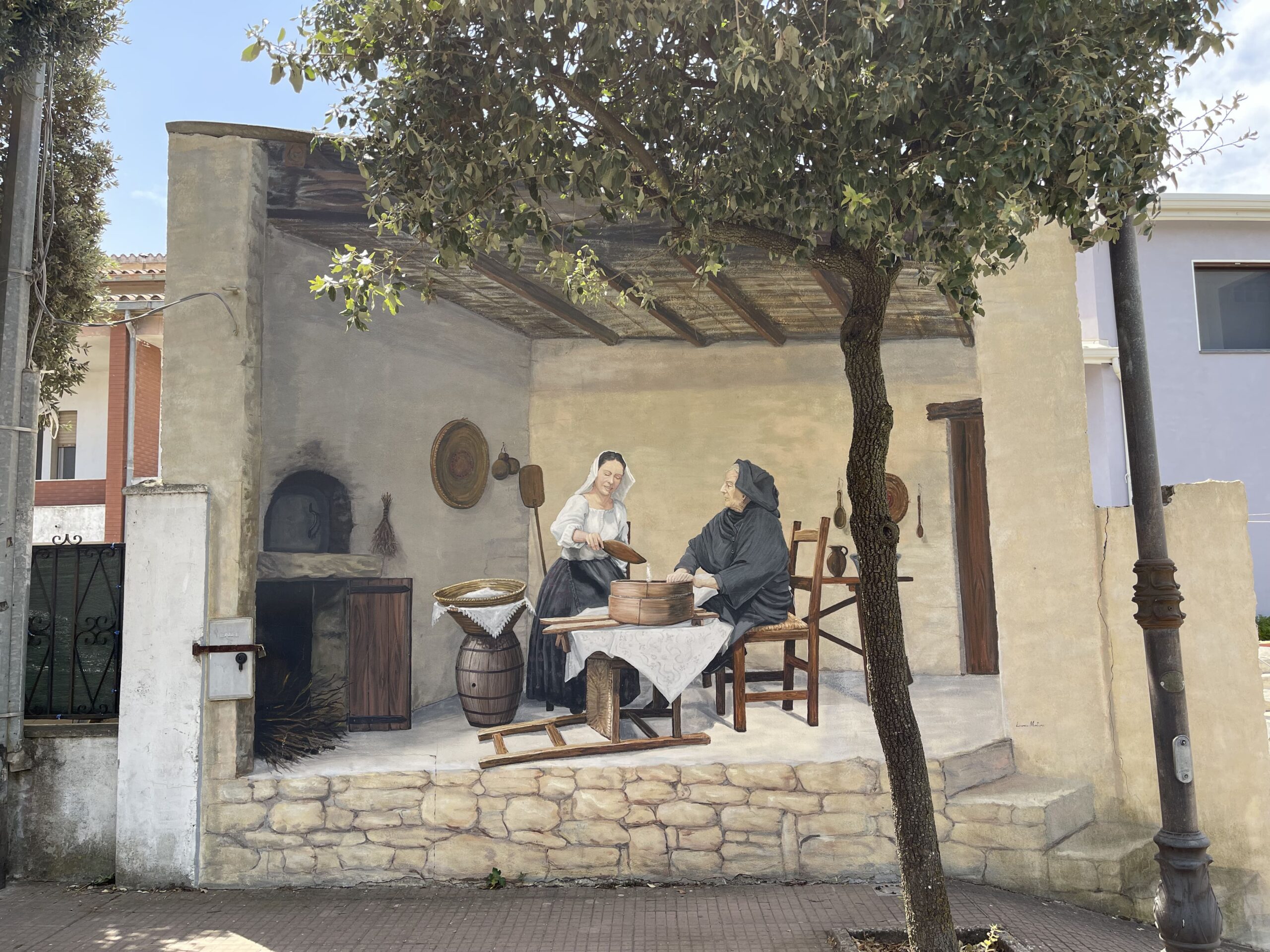
Dalla Sardegna ancora uno spaccato di vita, alcuni gesti rituali immortalati da Lorenzo Muntoni, scultore e pittore originario della provincia di Cagliari, famoso per la Street art.
Il murales è situato lungo un tratto di strada che collega il Santuario di Santa Vittoria, nel comune di Serri, a Mandas, la città del Trenino Verde, ed è una delle tante sorprese che questa straordinaria regione può offrire.
Passando in auto sono stata attratta da questa emblematica scena della cucina e della tradizione secolare sarda dove ogni elemento è tipico della Sardegna.
Che meraviglia! La cucina protagonista della casa, i valori umani di coloro che la abitano, l’amore per la famiglia, l’incontro di due generazioni in un contesto domestico arcaico ma, spesso, ancora presente: due donne che, dopo la molitura del grano, “vagliano” la farina prodotta separandola dalle impurità, operazione che in sardo si chiama “sa cerridura” (vagliatura), così concentrate sull’azione che stanno compiendo da ignorare l’attonito spettatore.
Uno spettacolo a cielo aperto tanto suggestivo quanto inaspettato.
Non c’è mai stato qualcosa che vi ha fortemente colpito, durante un viaggio, da costringervi a fermarvi o tornare indietro?

Si occupa di cucina e di tradizioni, con un pensiero sempre sensibile verso le tematiche della sostenibilità sia ambientale che economica.
Leggi in:
![]() Italiano
Italiano






